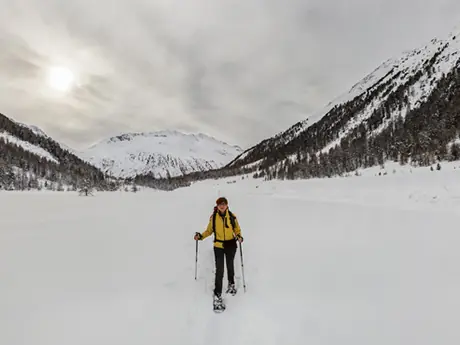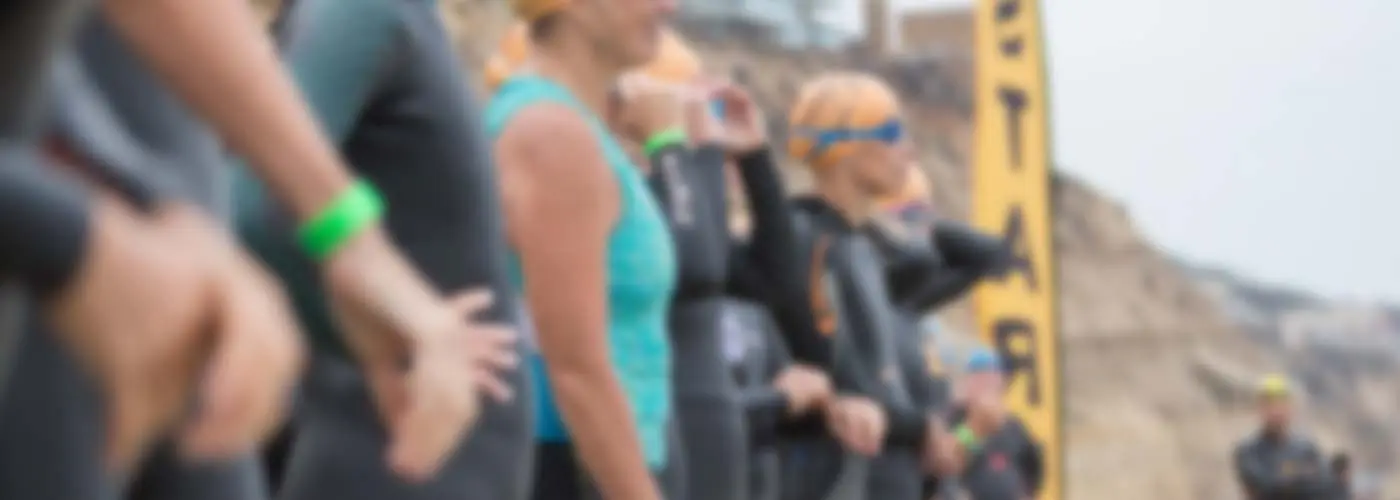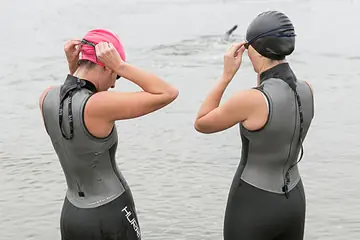
It's winter. The snow crunches under your feet, the sidewalks are slippery and the temperatures are biting cold. It's certainly not a forecast that welcomes the active lifestyle. Or is it?
Running might be uncomfortable, cycling can difficult and outdoor swimming downright impossible in the winter months. But the season is not for hibernating. Here are four cross-training winter activities that can keep you fit through the cold months and allow you to have a little fun while you're at it.
Ice Skating
Whether it's the famous Rockefeller Center ice rink in New York or a frozen pond in Minnesota, ice skating remains a popular way to pass the time in the cold.
More: Mark Allen's 12 Best Strength Exercises
It can also be a great workout. Recreational ice skating can burn an estimated 300 to 500 calories an hour. If you add in advanced moves that figure skaters work on, that number increases.
In addition, ice skating is good for endurance athletes because it targets key muscle groups, including the quadriceps, the hamstrings, the lower back and the core.
Of course, it all depends on how hard you go at it. A leisurely stroll around the rink won't get much done, but a consistent speed and a couple of spins and jumps mixed in will be highly effective.
Here's a tip to know if you're getting a workout in: Do you feel the need to take off your jacket or gloves because you're hot? If so, you're getting the blood pumping pretty well. Keep it up.
More: 3 BOSU Exercises for Cross-Training Triathletes
Snowshoeing
How good is snowshoeing for your fitness? A study by Dr. Declan Connolly examined how a running program and a similarly structured snowshoeing program would improve the fitness of athletes. The groups went for 30 minutes a session, three to four days a week for 18 sessions total.
The results? Snowshoeing increased VO2 max by 8.5 percent, and run time to exhaustion increased by 33.5 percent—those are better results than you get when running.
Think about it: Walking in the snow is more challenging. Wearing snowshoes is similar to having ankle weights on. And while moving around in the great snowy outdoors, you'll inevitably encounter hills and different terrain that will test your balance and core strength.
More: 30-Minute Strength Training Circuit for Cyclists
Other muscle groups that are targeted while snowshoeing include the hips and quadriceps. And runners can find that in the right circumstances, strapping on modern snowshoes and running in rough terrain isn't out of the question. In short: Snowshoeing is a great winter activity for endurance athletes.
Cross-Country Skiing
If you're itching to sign up for an event in the wintertime, cross-country skiing might be your new sport.
Not only does cross-country skiing mimic endurance running from an aerobic standpoint, but it also has anaerobic demands because of the relentless work it takes to keep you moving.
Depending on the method you use (diagonal stride, double poling, skating technique), cross-country skiing can work the biceps, triceps, pectorals, deltoids, gluteus maximus, core, back muscles and more. Even more challenging, your muscles have to work in near-perfect coordination to maximize your movement.
More: 8 Single Leg Exercises to Increase Your Power
If you really want to keep your fitness level up, sign up for one of the many cross-country ski events that take place across the country. Then get to work.
By the time the spring rolls around, you'll still be in super shape for when you go back to your warm-weather sports.
Snowboarding
One of the fastest-growing winter activities in the United States is snowboarding, which has invaded ski resorts and gained mainstream acceptance thanks to the superstardom of athletes like Shaun White in recent years.
Snowsports Industries America estimates that nearly 8.2 million people went snowboarding in the 2009-2010 winter season. And according to organizers of Ski and Snowboard Month, they burned between 250 and 630 calories per hour.
Because balance is so crucial in snowboarding, it's considered a great core workout. Plus, snowboarding also works the hips, quads, hamstrings and lower legs.
More: How to Train for a Sprint Triathlon
 Search for your next triathlon.
Search for your next triathlon.










Discuss This Article